The moment Py Kolb heard the roar of the crowd during his first marching band performance, he was hooked. Oddly enough, he was first introduced to marching band per doctor’s recommendation. It was suggested that he play a brass instrument in the school band to combat his asthma and strengthen his lungs. Py attended a small school in Southlake, Texas, with a very limited number of students. As a 6th grader, he was moved up to join the high school band so the group would have enough members to perform. Py performed throughout high school, falling deeper in love with the activity, which prompted his decision to audition for the University of Texas marching band. The 350-member ensemble was larger than his entire high school and the trombone section larger than his high school marching band. The whole Southlake High student body rose to their feet in applause during the school’s morning announcements once they heard Py Kolb had made the UT Longhorn band.
The other activity that sparked Py’s interest and fulfilled his innovative nature was the annual science fair. From fourth grade to his senior year, he was a yearly champion in state and national science fair competitions. The University of Texas proved to be an ideal fit for Py as he earned membership into one of the nation’s best marching bands and top-tier engineering departments. He pursued a degree in engineering, with an emphasis in Robotics. As Py spent mornings in coding lectures, and afternoons in marching band rehearsals, the wheels in his mind were turning. He dreamed of building a business that might improve the marching arts, an activity that made a lasting impact on his life, and could support the music teachers and directors that made it possible.
Py’s initial business plan was concentrated solely on selling marching band field shows to band programs and directors in need. In 1982, he and his wife Cayleen, reserved a booth at their first Texas Bandmasters Association convention and sold these shows. To meet demand, Py put his computer science education to use, and wrote a program designed to resize a pre-written drill to match the number of members of any band. They brought this software and a plotter to draw attention, and customers began flooding the booth, much more intrigued by this software than the show designs.
Surprised by the overwhelming interest in the software program, Py and Cayleen discussed a new business venture during the lunch break on the first show day. The two started to realize the incredible opportunity before them to introduce the first, must-have product to an untapped market. Rather than selling designs to marching band directors, they could provide an easy-to-use tool for directors to design their own shows — themselves!
They quickly found a phone booth on the riverwalk, right outside the convention, and began making calls for dealer pricing on plotters and Apple IIe computers. By the end of the lunch break, the “show designs” business plan had pivoted to a drill design software company that would help shape the marching arts activity as we know it. They tucked away the design samples, showcased the software instead, and started fielding requests from directors for the software’s potential capabilities. On the drive back home, Cayleen coined the company name, “Pygraphics” and the software as “Pyware,” then developed a marketing strategy to fast-track the business.
Cayleen’s background in business and marketing was vital in the company’s development, especially during its infancy. She graduated with a degree in marketing and advertising from a rival school of her husband’s — Texas Tech University. Cayleen then led the sales team of the Ritz Fan Company, tripling their national sales within her first year. Her family had great reservations when she decided to leave her job, and the comfortable life it provided, to join her husband in taking on the mammoth endeavor of building a software company from the ground up…
The launch of Pyware coincided with the advent of computers, which initially made selling the product a difficult task; very few people owned a computer at this time. Cayleen initiated a partnership with Apple, so the software and an Apple IIe computer could be sold as a package deal. Still working as a two-person operation, Py and Cayleen set up shop in the second-floor study of Py’s parents’ home. They would unpack computers, color code the cables that connected the plotter, trackball, and disk drives, copy the software onto two, 5.25” floppy disks, and start shipping packages.
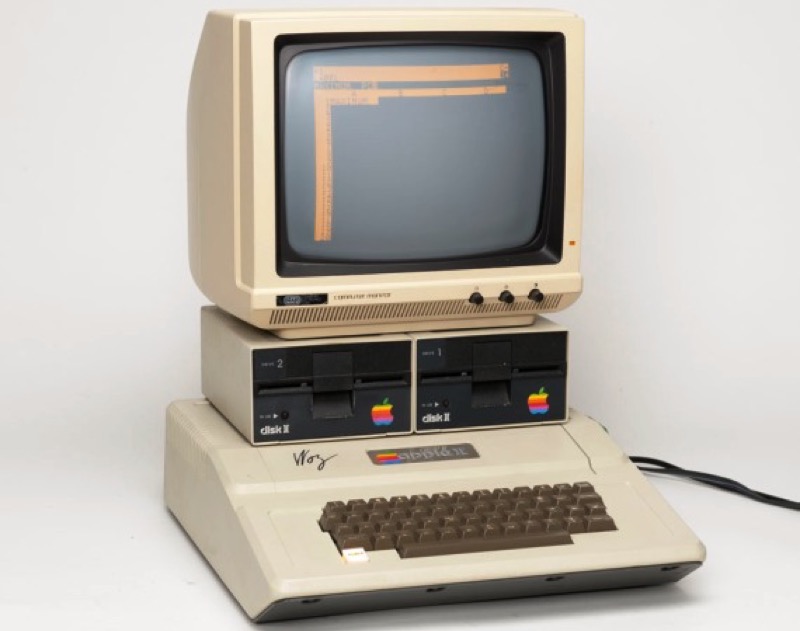
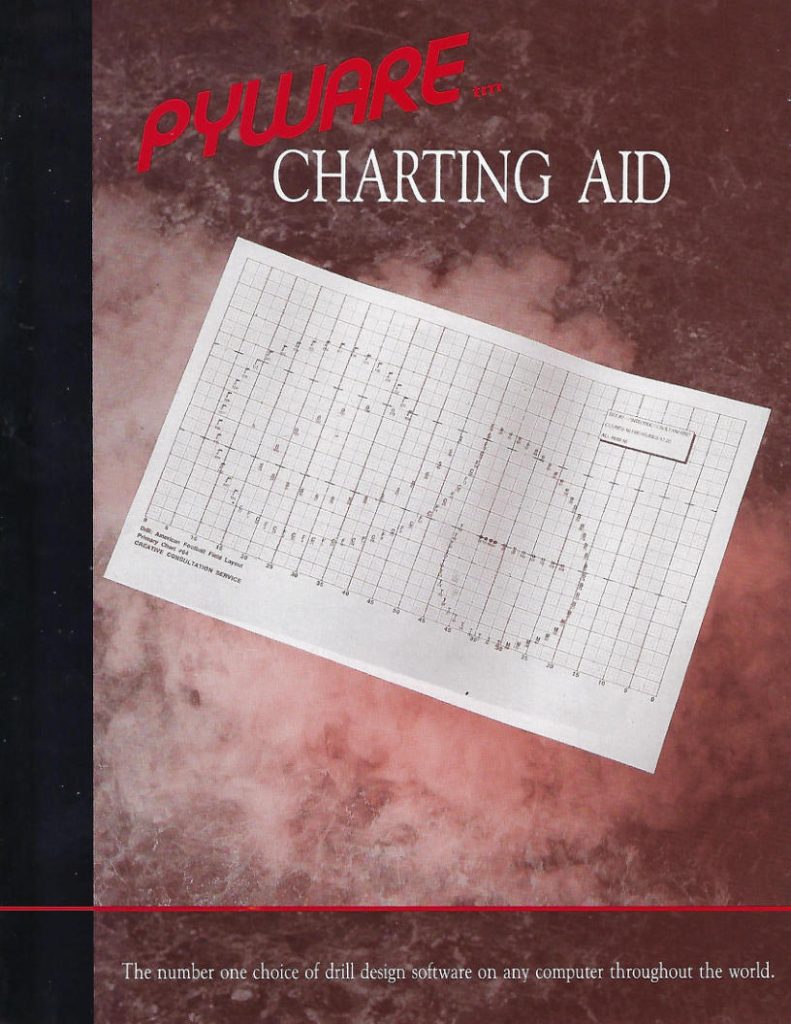
After the first year of business, computers were appearing within band halls and music departments across the map, and Pyware had become the #1 Value Added Reseller for Apple.
The partnership between Apple and Pyware continued to grow and as computers evolved, so did Pyware. Before Apple rolled out the next machine in its lineup, the company approached the Kolbs with the prototype due to be released and encouraged the migration of Pyware to this new computer. Py and Cayleen referred to it as R2D2 from Star Wars, as it had yet to be named, Macintosh.
They worked around the clock, taking short breaks just to sleep — Py continued to write code and implement requested features, while Cayleen packaged product and created marketing material. They presented Pyware at a myriad of conventions across the country and met with international dealers overseas. The two made the untiring effort necessary to ensure Pyware was blazoned throughout the marching band industry.
Several directors, awestruck by the ingenuity of the software, expressed their interest in promoting the product. As Pyware was one of the first products of its kind, promotion and education was essential. Craig Harms, Bob Buckner and Brantley Douglas were brought on as Pyware consultants and among the first to teach the software. After mastering the tools and features of Pyware themselves, they hosted seminars, workshops, even Pyware retreats, and trained fellow directors in the industry to utilize this new software for their band programs.
“We — Pyware users — could write a book of Pyware stories we each have filed away in our heads, but I think we can all agree our success in the music arts is due largely to the forward thinking of a small company in Texas known as Pygraphics,” Craig Harms said.
Bob Buckner added,
“Py and Cayleen have absolutely no idea how significant they have been to music education and the pageantry business.”
The Kolbs invested in a true office space in a suburb of the DFW metroplex and began hiring employees; they set unrivaled customer service as Pyware’s top priority. For 40 years, the company has maintained full-time support every business day, with the staff offering afterhours support as well.
Pyware has remained very much a family-run business. In 1998, Cayleen’s nephew, Dustin Merrell, joined Pygraphics as Application Systems Director and was an indispensable figure in the company’s growth. He spearheaded the community of Pyware users, offering continuous technical support, and has since attained a reputation as “the Pyware guru.” Dustin continues to hold the position and is now joined by his partner, Amanda McFarland, Pyware’s Director of Media Relations and Brand Education. Within the last five years, Py and Cayleen’s daughter, Barbara-Scott Kolb has taken on the roles of Sales Manager and Publicist for Pygraphics. The team also includes Art Director, Jesse Mercer, and a cadre of workers that assist in the day-to-day operations.
Py Kolb remains the captain at Pygraphics and in his 40th year of leadership, his work ethic is stronger than ever. Whenever a stumbling block appears within the program, Py works continuously until it is resolved, 24 hours straight if necessary. He also develops new features for customers on a regular basis to maintain the software’s constant evolution. Py has instilled a culture of supreme service within the company, the goal to not only meet the customers’ expectations but provide life-enhancing tools and support they had yet to even think of.
The caliber of talent within the community of Pyware users is extraordinary. Elite designers of the industry, including Michael Gaines, Kevin Nix and Leon May, use the software for award-winning productions.
“I have had a front row seat to observe the way Pyware has revolutionized the craft of drill design and the methodology of creating shows over the past couple of decades. Aside from building a tool that helps artists bring their visions to life, and constantly improving that tool, the Pyware team has created a culture of customer service that is second to none” — Michael Gaines.
Pyware is now recognized as the most trusted, utilized, and dynamic 3D drill design software, worldwide. The software is not only a staple for high school and collegiate marching bands, but also used for major events like the Super Bowl halftime shows, Olympics opening and closing ceremonies, and the Macy’s Thanksgiving Day Parade.
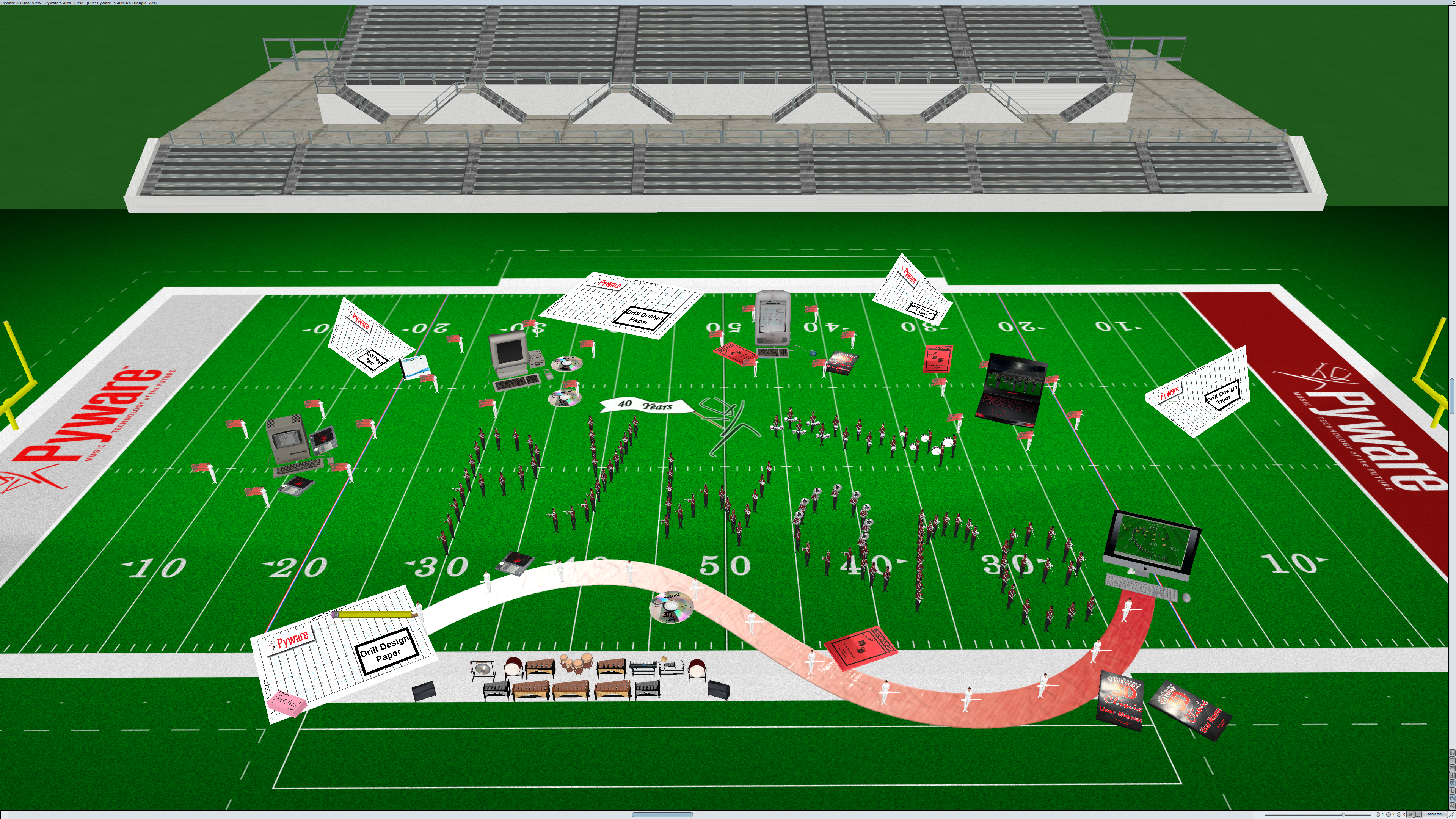
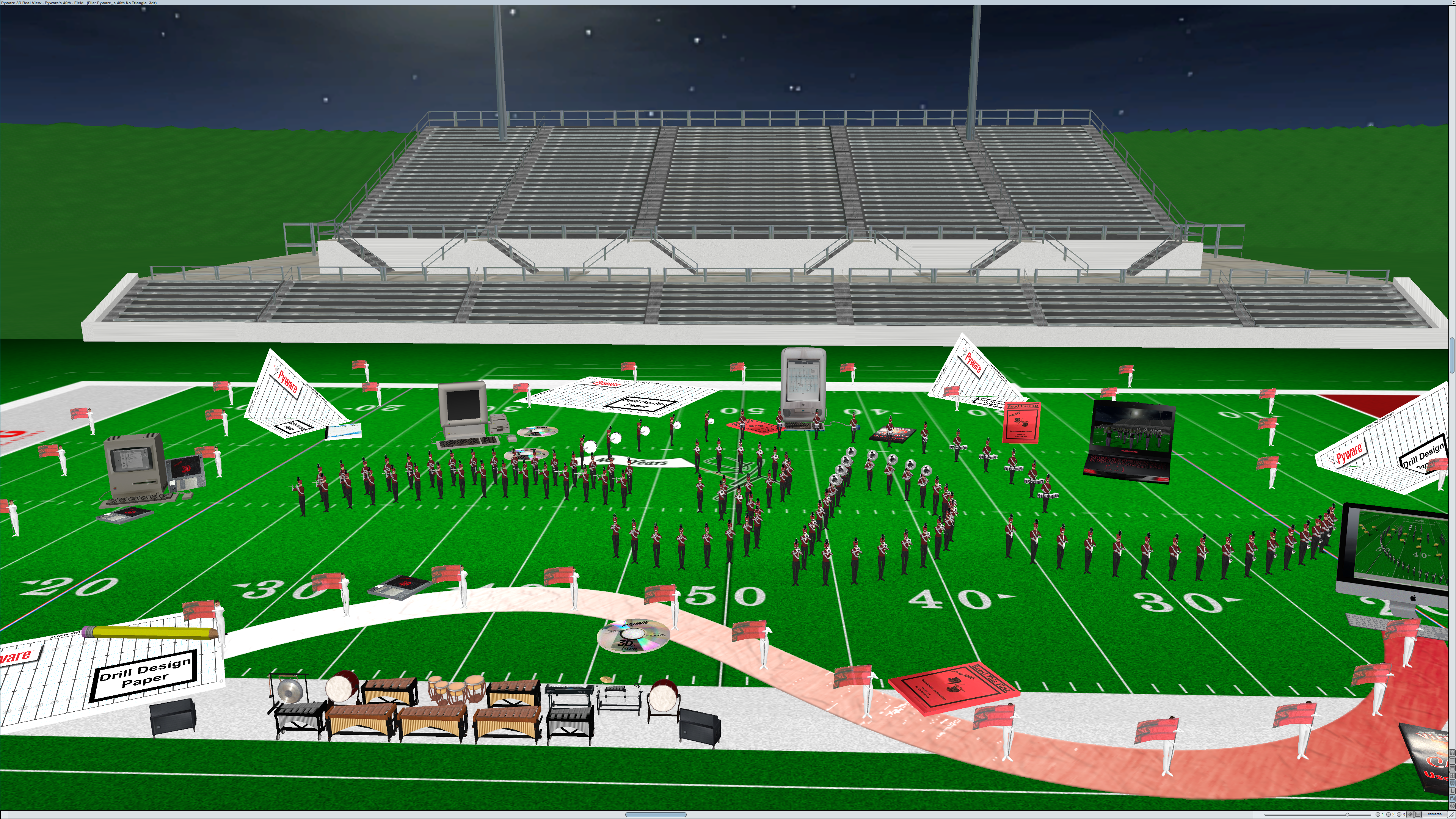
“It has been a great adventure owning and growing the business with Py through the ups and downs. I hope Pyware continues on for generations to come” — Cayleen Kolb.
“I am grateful that we have been able to provide tools and support for the teachers and directors who are the ‘true heroes’ in making such a difference in their students’ lives. I am thankful that we have been able to do that for the past 40 years and am so excited that we still have so much more in the works for the future” — Py Kolb.
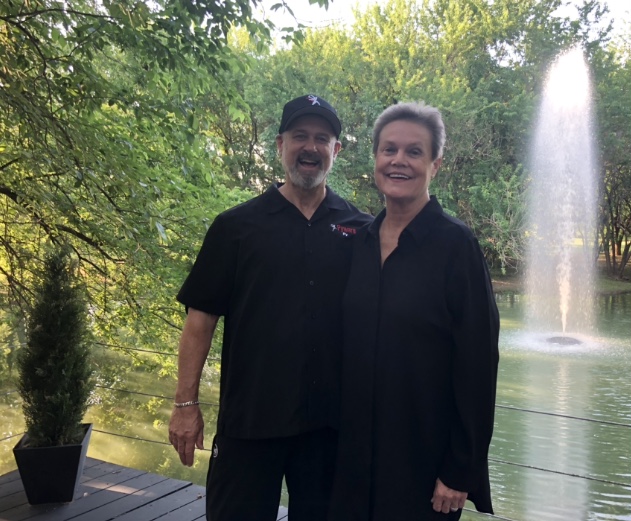
This year, Pygraphics celebrates its 40-year anniversary, but the company has no intention of slowing down — work is only ramping up for the Pyware team as new features are under development and brand-new applications are soon to be released.

One Comment
Bob Buckner
This article captures the history of Pyware as I know and remember it. They have no equals as developers or as wonderful people. Bravo!